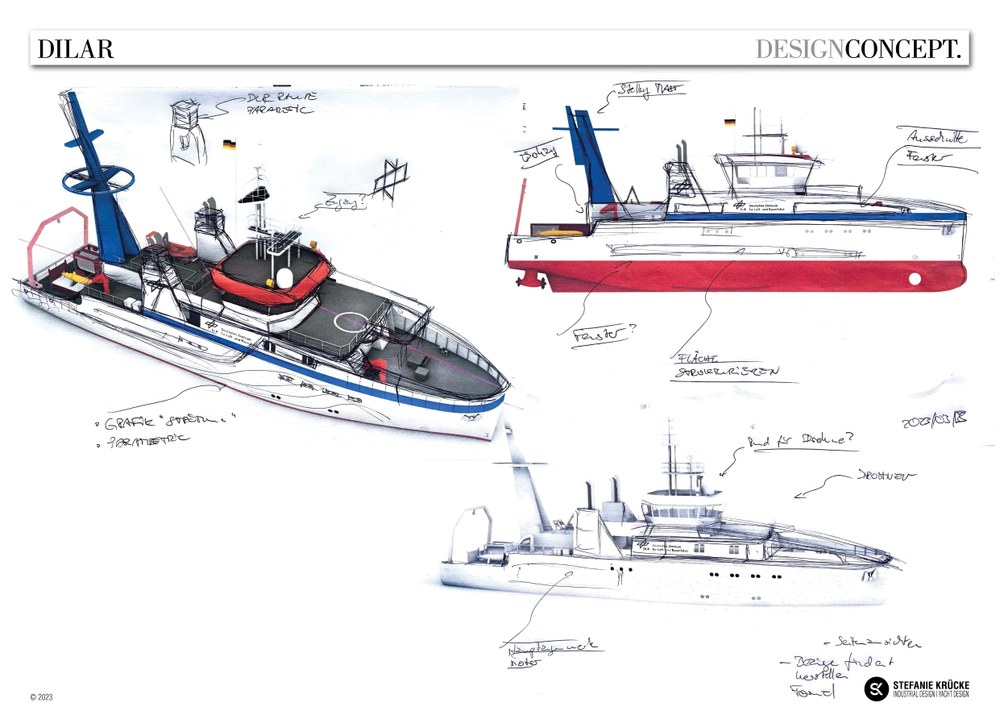DLR vergibt Auftrag für neues Forschungsschiff an Lloyd Werft
Das DLR beauftragt die Lloyd Werft in Bremerhaven mit dem Bau eines neuen Forschungsschiffs. Den Vertrag dafür haben beide Seiten am 3. Februar 2025 unterzeichnet. Das Basisschiff soll rund 36 Millionen Euro kosten. Das DLR bietet der maritimen Industrie mit dem Schiff die Möglichkeit, zusammen neuartige, klimaverträgliche Antriebskonzepte zu erforschen. Die Fertigstellung ist für Sommer 2027 geplant.


